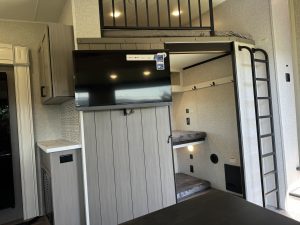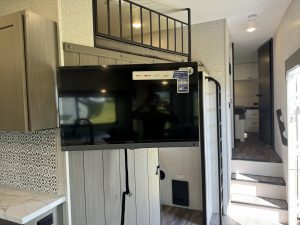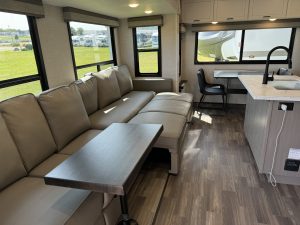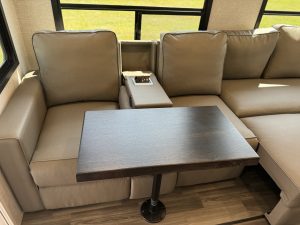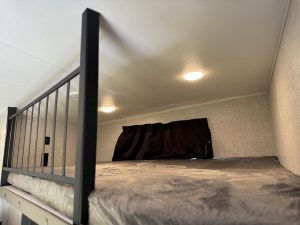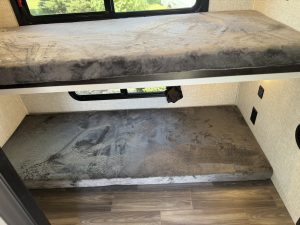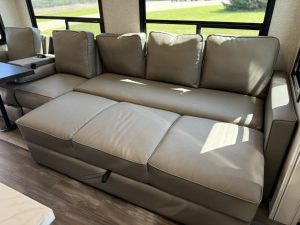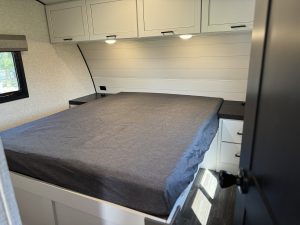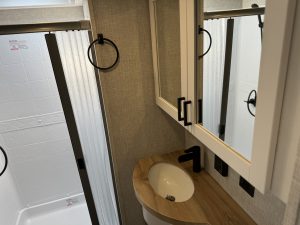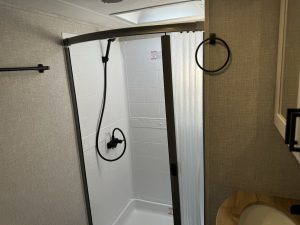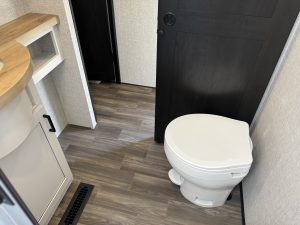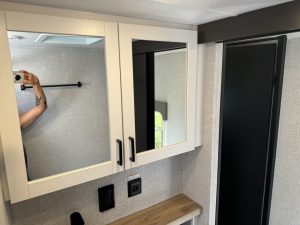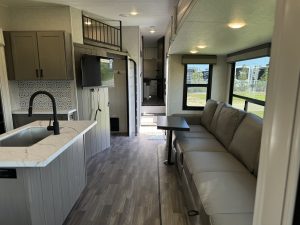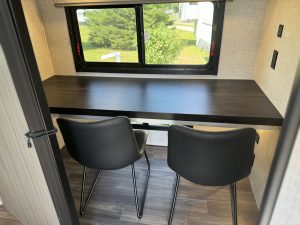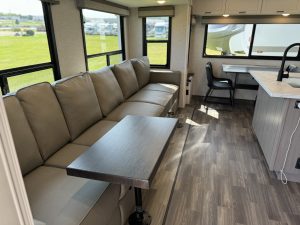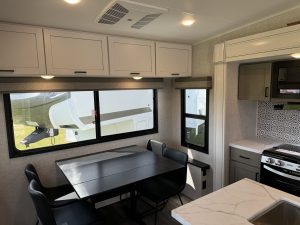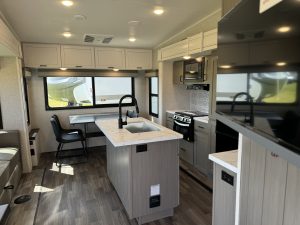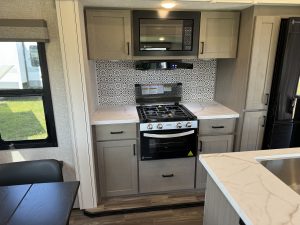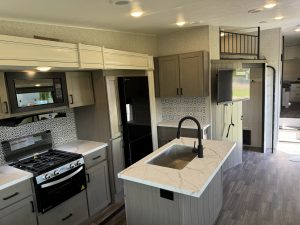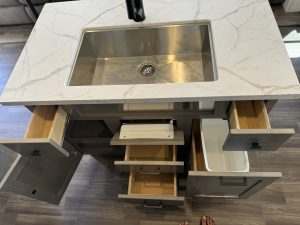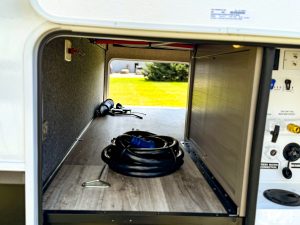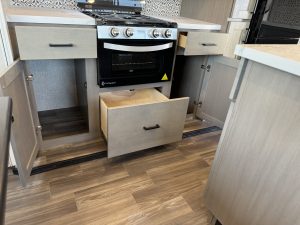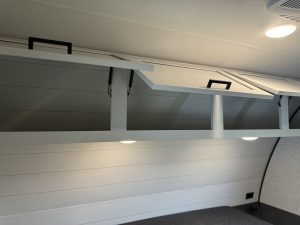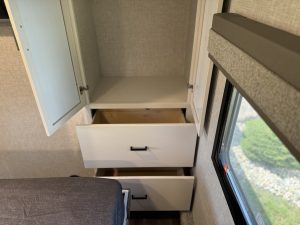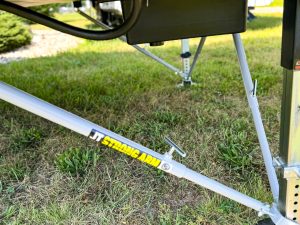For RVers who travel full-time or just journey with family, finding an RV that provides a private space for multiple generations can be a real challenge. Further, for those who choose to work from the road, there aren’t many options to shut out the noise of all the activity going on in the rest of the camper. Jayco provides an elegant solution for this with the 2025 Jayco Eagle 355MBQS — all with a warranty for full-time living. They’ve also made a number of improvements, which we’ll discuss. So, read on to learn more.
At a Glance: Jayco Eagle 355MBQS
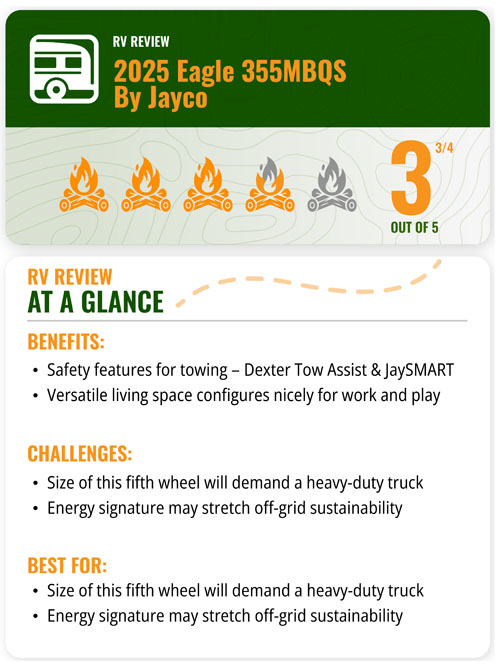 I give the Jayco Eagle 355MBQS a rating of three and three quarters out of five for a number of reasons. First, there have been some significant changes for 2025 that ensure a much better experience for owners. Almost as an assurance of this, the Eagle 355MBQS comes with a great warranty and predelivery inspection (PDI). On top of that, there’s its versatility. There’s room to sleep a lot of people, but you can also configure it so that you have a private office. (You know, to do things like write RV reviews.)
I give the Jayco Eagle 355MBQS a rating of three and three quarters out of five for a number of reasons. First, there have been some significant changes for 2025 that ensure a much better experience for owners. Almost as an assurance of this, the Eagle 355MBQS comes with a great warranty and predelivery inspection (PDI). On top of that, there’s its versatility. There’s room to sleep a lot of people, but you can also configure it so that you have a private office. (You know, to do things like write RV reviews.)
Check the Specs
- Sleeping capacity: 8
- Hitch weight: 2,420 pounds
- UVW: 12,830 pounds
- CCC: 2,370 pounds.
- Exterior length: 42 feet 4 inches
- Exterior height 12 feet 8 inches
- Exterior width: 8 feet 1 inch
- Fresh/Gray/Black: 81/87/50 gallons
- Propane: 60 pounds
- Awnings: 21 feet and 10 feet 6 inches
Features We Love
- Dexter Tow Assist
- Jayco warranty and PDI process
- JaySMART lighting system
- Whisper-ducted A/C
- Whole-house, three-stage water filter
- Central lighting with remotes and app control
- Rotating dining table
- Residential-caliber RV appliances
Benefits
On the Exterior
- Safer Towing. Dexter’s Tow Assist system uses technology from Bosch to provide anti-lock braking and sway mitigation on this trailer, a significant safety advance in towable RVs. While newer vehicles all incorporate anti-lock braking, this is a newer feature in towables and can make for much safer towing. Another feature is the ability to track mileage with this system which can help with routine maintenance.
- JaySMART Lighting. Jayco pioneered their JaySMART lighting. The acronym stands for Safety Markers and Reverse Travel and is a system that flashes upper and side marker lights when you activate the turn signal. This can really draw other drivers to the fact that this big beast is about to make a turn or change lanes.
- Warranty and PDI. Jayco’s warranty is longer than most with two years on the full trailer and three years on the exterior structure. Additionally, this fifth wheel’s warranty includes use as a full-time RV. (There are a lot of RVs that specifically exclude full-time use.) Another big plus is that Jayco has purpose-built a number of facilities that fully inspect every RV they make using an extensive checklist called predelivery inspection. These are separate from final manufacturing and test all the systems and the finished build of their products. The company reports that early warranty claims are reduced with this process. This process is not at all common in the RV industry.
In the Interior
- Whisper-Ducting A/C. The air conditioning in the Eagle 355MBQS features what is called a whisper-ducting system. While a lot of the terms used by companies are only true in the brochures, we happened to be at Jayco on a hot August day, and the A/C in this unit was both effective and exceptionally quiet.
- Whole-House, Three-Stage Water Filtration. New for 2025 is a whole-house three-stage water filtration system. Jayco calls this the NuvoH20 system and states that it’s a sale-free citrus filter softener. What’s nifty about this is that it filters both incoming “city” water and water used from the fresh water holding tank.
- Control Options. Like many modern RVs this one features a touch screen to operate most of the functions, but you can also a phone or tablet to replicate a lot of this functionality. In addition, there are small remotes installed throughout the RV with physical buttons, so you don’t have to use your phone for lights or some other functions. That makes this system something for those who like app control and those who want traditional buttons and the remotes are conveniently placed, including right by the bed.
- Dining Table Design. The dining table in this is pretty slick where it can be in a traditional spot to accommodate the four free-standing dining chairs included with this RV. But you can also rotate it 90 degrees so that you have sort of a breakfast bar. And this is right at one of the very large camp-side windows. So, it’s a great place to start the day or get some work done.
- Fancy Appliances. The appliances in the kitchen of this RV offer the same functionality most homeowners would hope to have. More details in the kitchen segment of this article.
Challenges
To get this much space, you need to have a fifth wheel. And, at over 42 feet in length, that’s just what this is. That also means you’re going to need a significant truck to pull it with. This length may also preclude you from some of the public campgrounds that can’t accommodate larger rigs. That might be obvious, but it is worth being aware of as you’re shopping. Know where you are likely going to want to camp. Also be aware that a truck that can pull this will be a cumbersome daily driver.
Best For
- For those who camp with family members who are at the age where they want additional privacy, this might be a great choice. There’s the obvious upstairs bedroom but then there’s a second separate room on the main deck of this RV. By day this has a jackknife sofa, but it could be a great private room for children or friends.
- Another group for whom this would make sense are full-time RVers, especially those who might still be working from the road. With a warranty that would support this kind of practice that separate room could make for a great office where you could close-off the others who are still having fun camping while you’re hard at work writing RV reviews. Or whatever you do.
Key Areas We Evaluate for RV Buyers
Sleeping Space
There are enough sleeping spots in this RV for eight people but there is an asterisk on that capacity. The sofa at the back of the main living space folds out to be a bed. There’s also a jackknife sofa in the separate main floor room which offers the privacy mentioned earlier in this review. There is also a very large loft above that main floor room that can be used to accommodate two individuals. However, here’s the asterisk. You should know that headroom will be a bit limited. So, you don’t want your pro basketball friends to use this space. It might be better suited for more youthful travelers.
A Major Upgrade in RV Matresses
As a fifth wheel, the main bedroom is on the upper deck. It sports a 72-inch-by-80-inch, king-size bed in a slide. As a faithful and integrity-driven reviewer, I tested it out myself. And although a few supine moments can’t beat testing it for an extended period of time, I’ll say this: Jayco upgrade to their mattresses for 2025 with a three-layer model feels good. From what I could tell, it seems like a good mattress. (Which is a surprise in the RV industry.) Plus, for me, it shows the benefits of sleeping on the job!
The bedroom space in the Eagle 355MBQS also includes a set of drawers on the camp side. But the nose of the trailer is where your bedroom storage shines. Here, you’ll find a full-width closet that includes multiple shelves for shoes. This space is also plumbed if you choose to put a washer and dryer in here.
Bathroom
The bath on the upper deck of the Eagle 355MBQS follows typical design of fifth wheel. There is a spacious shower along with plenty of room to change clothes and accomplish all the goals you might have for a bathroom. Adjacent to the shower is a linen closet that is as deep as the shower is wide. So, totes or other baskets would be helpful to keep things from disappearing into the depths of this storage space.
There is, of course, a porcelain foot flush toilet and high-performance vent fan in here for those nights where the campground buffet included Aunt Millie’s taco surprise.
Living Area
The living space in this Eagle 355MBQS is very pleasant. I like that Jayco has made cloth upholstery available. While it might make sense that vinyl is easier to clean, there are protective sprays applied to this so it isn’t bad. But it is comfortable and that’s especially true of the theater seats. On the camp side, these directly face the very large TV and fireplace. Overhead, a ceiling fan simulates a tropical breeze. There are also a lot of camp-side and rear-facing windows which help this large space feel even larger.
Earlier I mentioned that nifty table that rotates to be either a traditional dining table or a breakfast bar. The seats for that are upholstered in the same cloth that I enjoyed on the couch. Speaking of that couch, there are nice side tables on either side with both household and USB power outlets.
Kitchen
This kitchen offers appliances that I think are as nice as those in many homes. The propane stove features four burners, including a simmer and power boil burner. (Not something you expect in an RV.) There’s also a large residential-size microwave over that stove.
The refrigerator, too, is a larger model, and I’m happy that Jayco went with an RV-specific 12-volt fridge. These are hardened for life on the road. (As a warranty administrator, I had to replace more than my share of residential refrigerators when they failed.) Plus, they operate natively on 12-volt power. So, they do not need an inverter.
The bulkhead wall of the Eagle 355MBQS also has more counter space. Plus, there’s an island with a sink that offers a number of inserts for washing dishes, vegetables, and more. It also incorporates a glass washer and a pull-out faucet.
If you’re cooking outside, there’s a second kitchen there. Something unique to Jayco products is called the JayPort. This is a two-inch receiver hitch placed on the side of the trailer. Jayco includes a flat-top propane griddle with the Eagle 355MBQS that mounts in this place. This is nice and sturdy but also positions the griddle away from the body of the camper.
Four-Season Capabilities
The Eagle 355MBQS is well-suited to camping where the weather stretches the patience. For cold weather, there is a heated and enclosed underbelly, but Jayco also offers a package called “Extreme Weather” that includes 120-volt heat pads on the tanks, plus 12-volt heat tape on the fresh water line.
For the opposite temperature extremes, this unit features centrally-ducted air conditioning with what is called a whisper-ducted” system. This system uses ducting and intake design to make the A/C system remarkably quiet. We were looking at this rig on a hot day in August, and the A/C was very quietly keeping us comfortable.
Storage Space
I think if the Eagle 355MBQS could talk, and you asked about storage, it would simply say, “Bring it!” There is a wall of cabinets and drawers on the bulkhead of the main living space. There are more drawers and cabinets in the island and drawers and cabinets surround the stove and microwave. Even more storage can be found behind and above the large TV as well as above the couch along the back. The biggest interior storage is in the front of the rig in the bedroom, and that’s a walk-in closet that spans the full width of the RV.
Depending on how many people you have with you, there’s a loft above the main floor bedroom that could serve as storage space as well. But that would apply only if you’re not bringing people who want to sleep up there.
The Eagle 355MBQS also offers a very large passthrough storage bay at the front of the RV that is lighted and also heated.
Closing Notes on the Eagle 355MBQS
It was difficult to find fault with this fifth wheel. Jayco has stepped-up the build quality again this year with things like dove-tailed drawer builds, which is far better than the industry standard stapled builds.
There are other improvements including that new mattress that I liked. I also really appreciate that the furnace ducts are moved off the floor and into the cabinet. That way, you don’t kick dust and pet hair into them all year long.
Considering how large this fifth wheel is, it’s not going to be for everybody. Still, for those with families or who have to work from the road — someone’s gotta write these RV reviews — this would be a good choice. I liked what I saw in how Jayco runs these models through a full inspection process and then backs them with a better warranty.
A Note on the RV Trader Review Process
RV Trader asked RV shoppers what was most important to them in their RV buying process. Potential buyers — like you — helped us to identify a list of six key areas that camping and travel enthusiasts always look at when they’re searching for the perfect RV: sleeping space, bathroom, living area, four-season capabilities, and storage space.
The RV Trader team then got to work providing you with an honest and unbiased evaluations. If you’re wondering, that’s where I came in. As an RV expert and enthusiast, I provide an honest look at RVs from an RV industry insider perspective. That way, you can learn the good, the bad, and the intriguing about any RVs I review. I inspect each RV with the buyer’s perspective at the forefront. And I always evaluate those six key areas that buyers have told us that they have in mind.
Make Your Move
Start shopping for the year, make, and model. Find Your Eagle 355MBQS
What Other Campers Are Saying
Read the best reviews by owners. Search for an RV Model
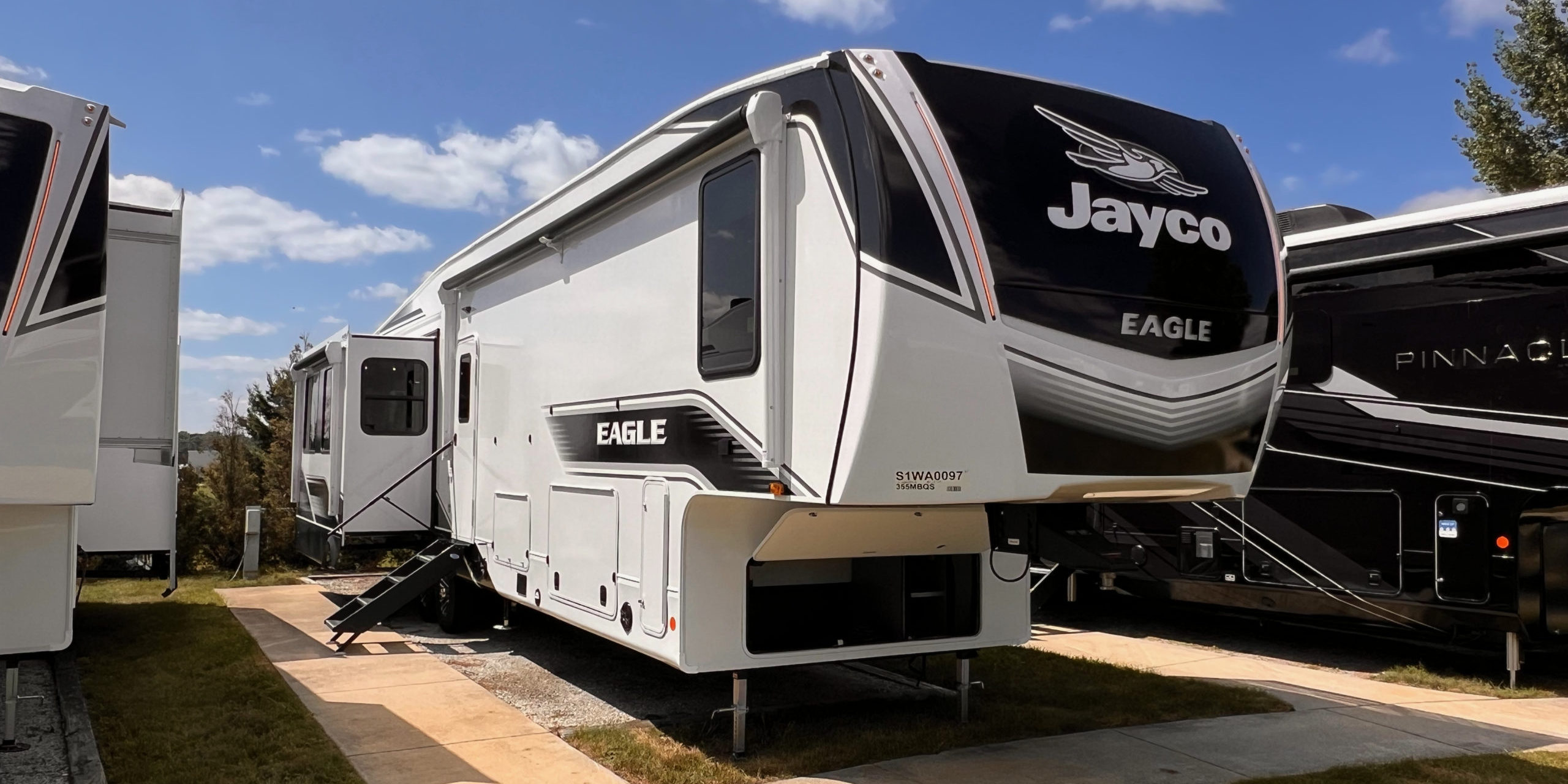
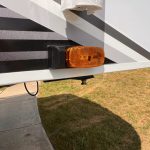
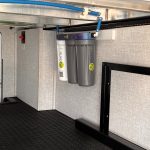
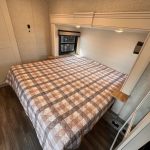
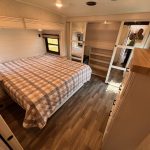
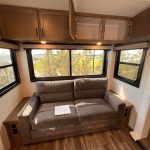
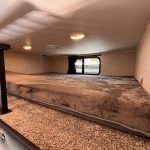
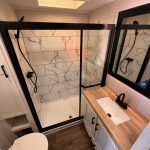
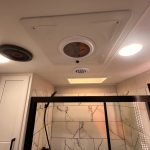
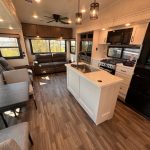
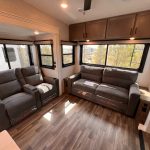
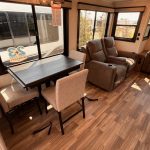
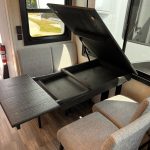
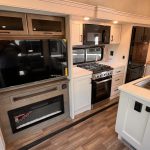
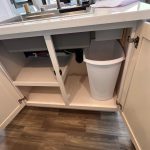
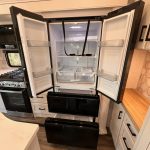
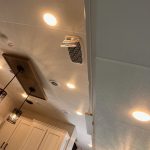

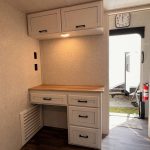
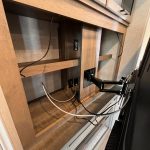
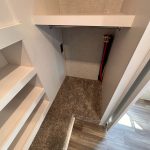
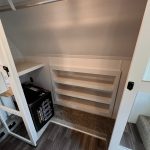
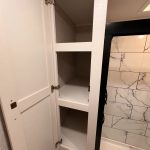
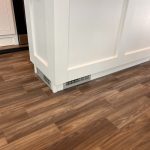
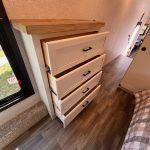
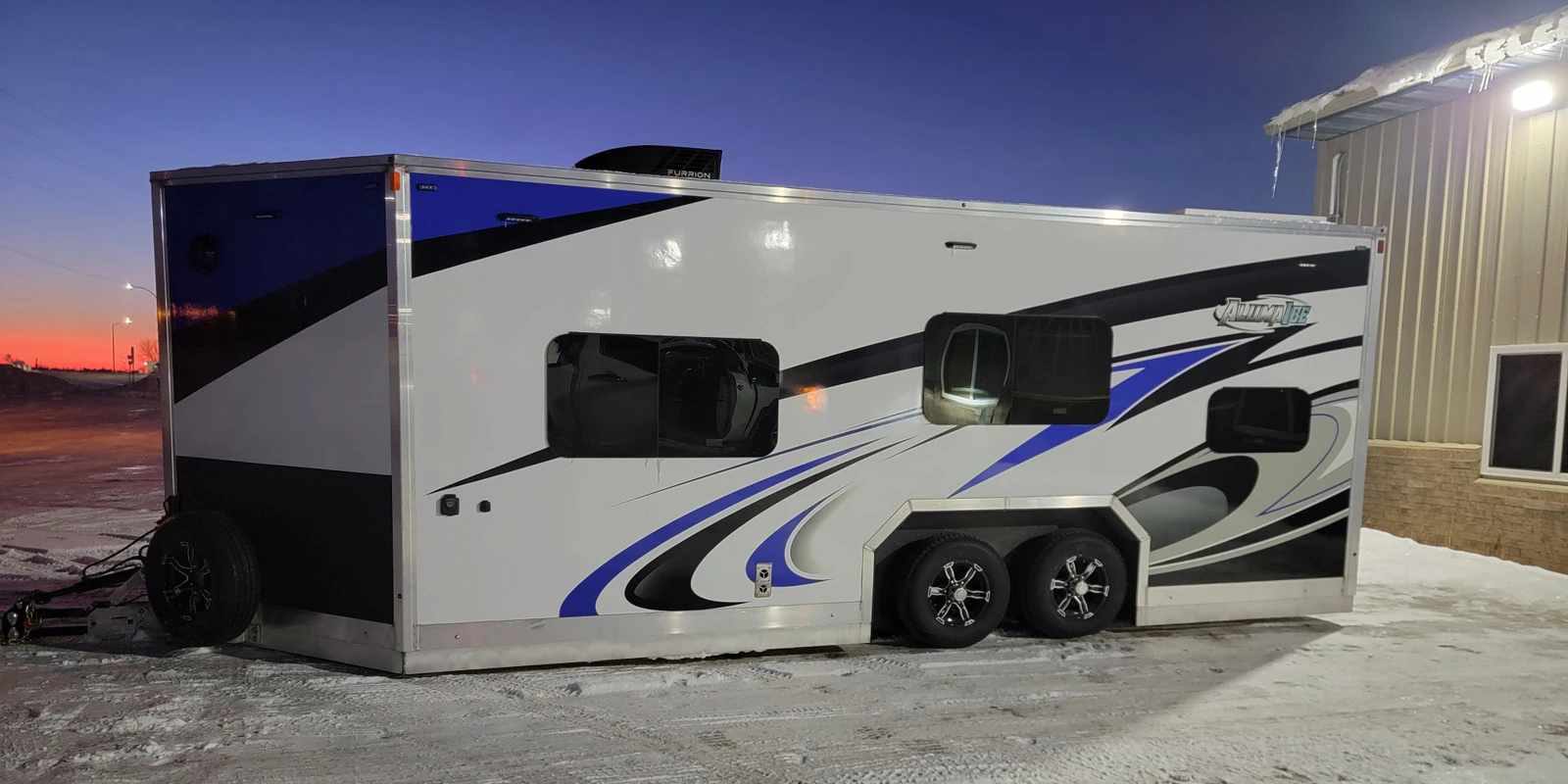
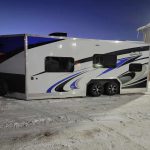
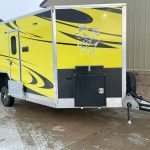
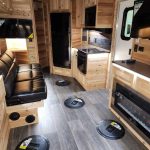
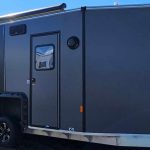
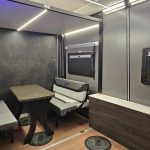
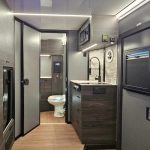
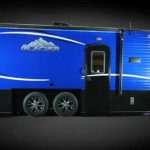
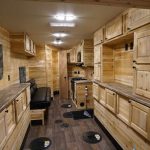
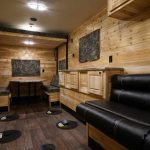
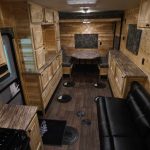
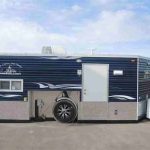
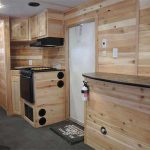
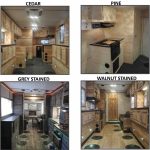
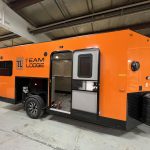
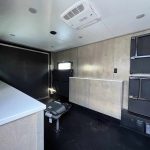
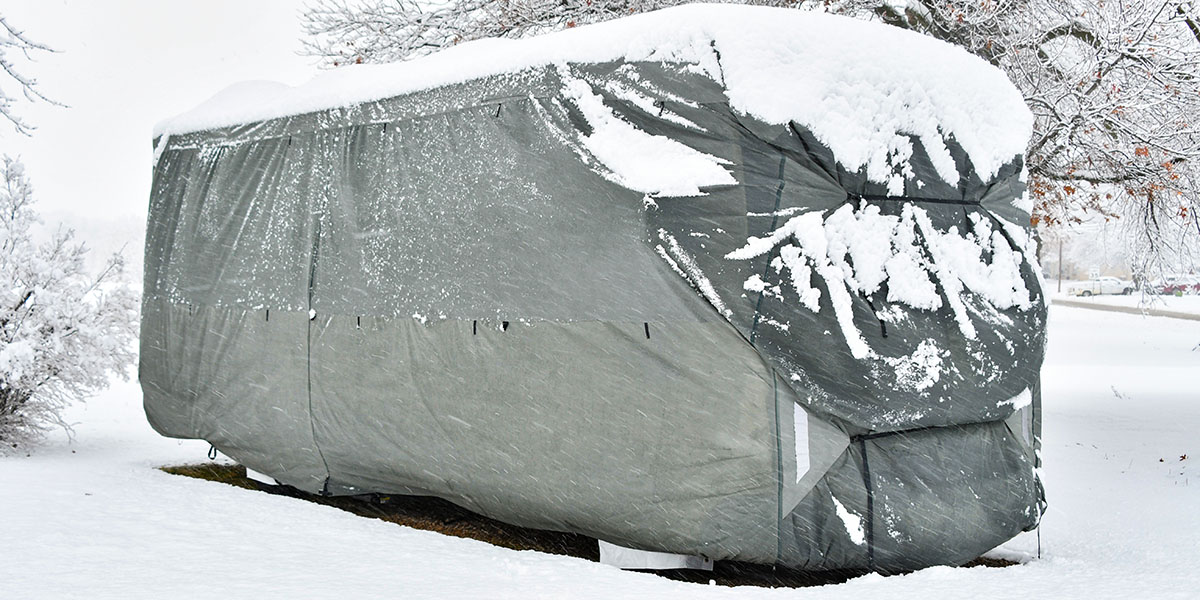
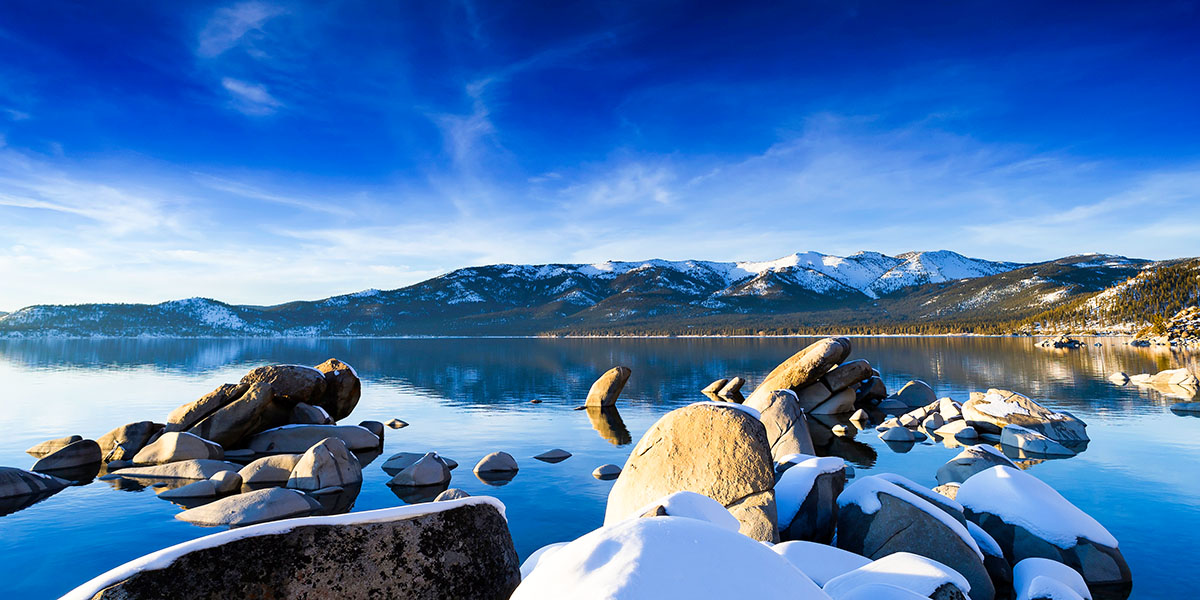
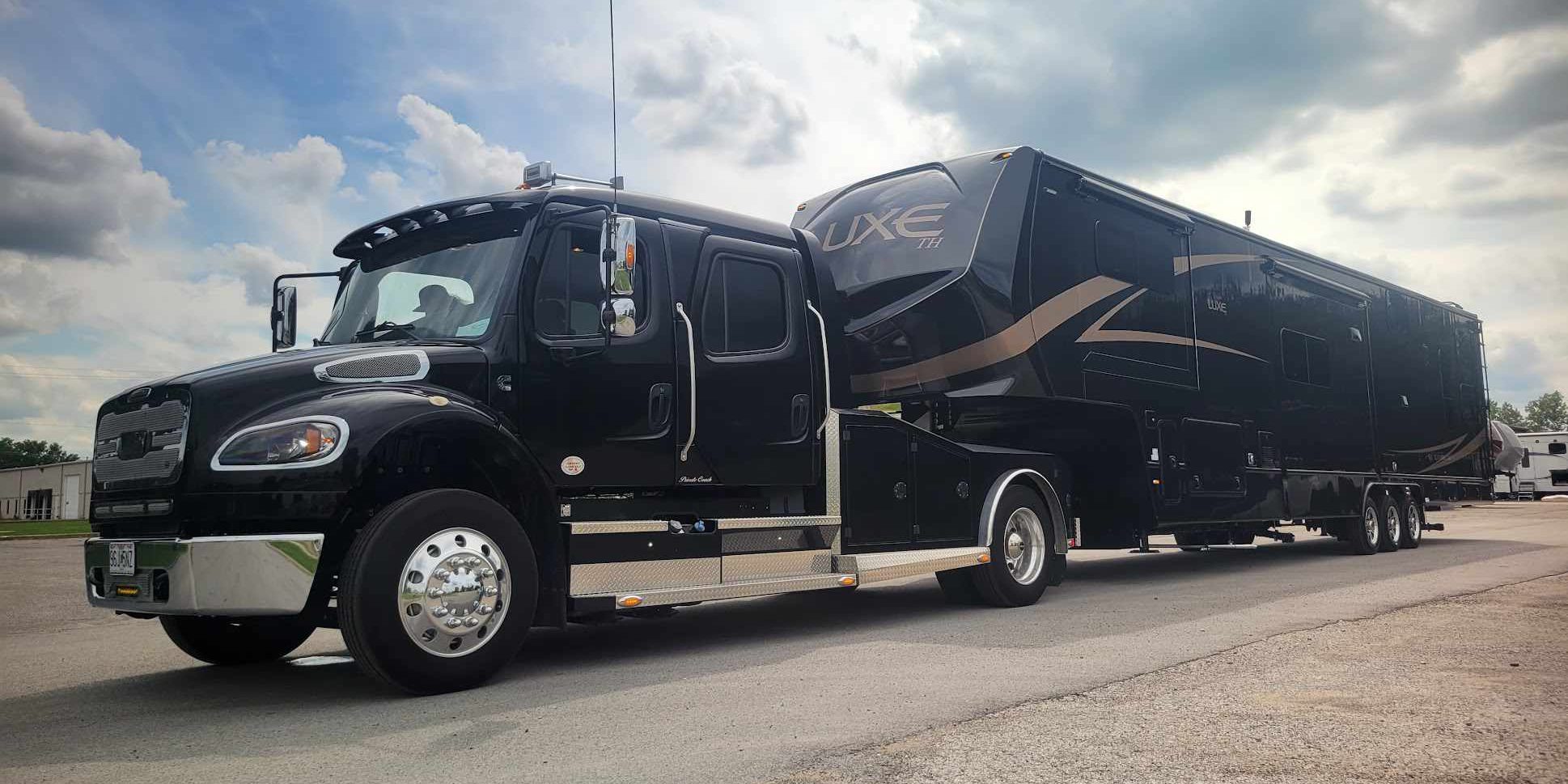
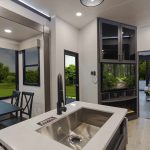
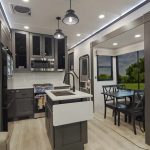
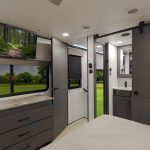
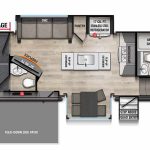
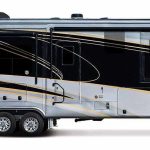
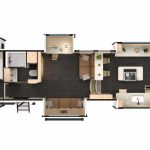
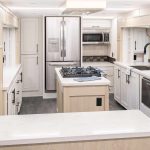
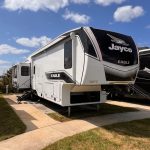
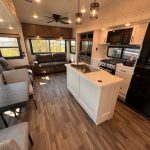
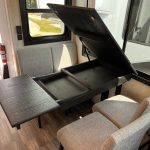
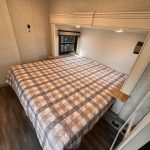
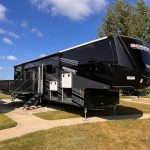
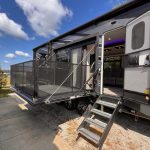
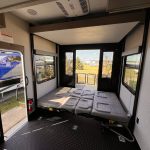
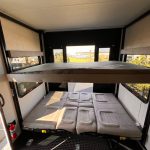
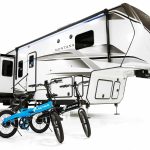
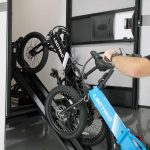
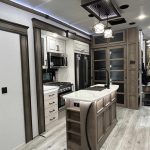
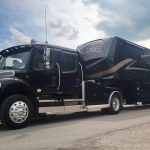
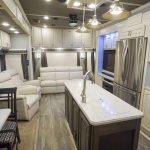
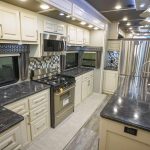
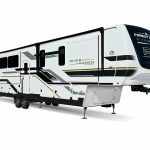
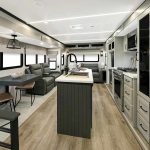
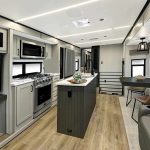
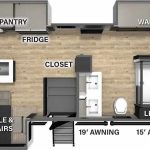
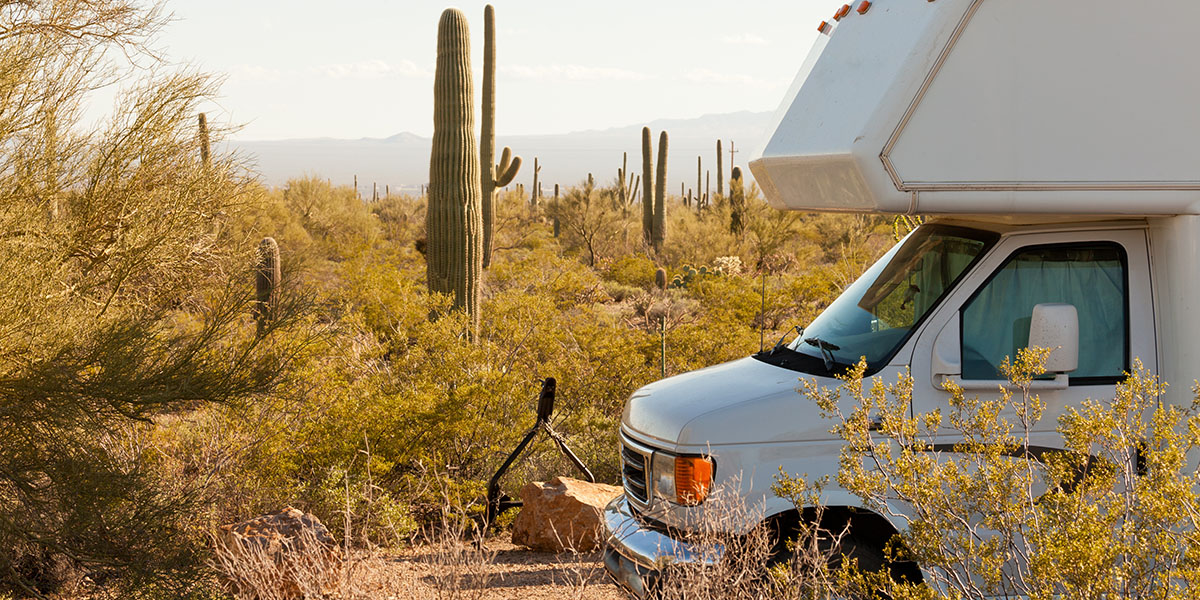
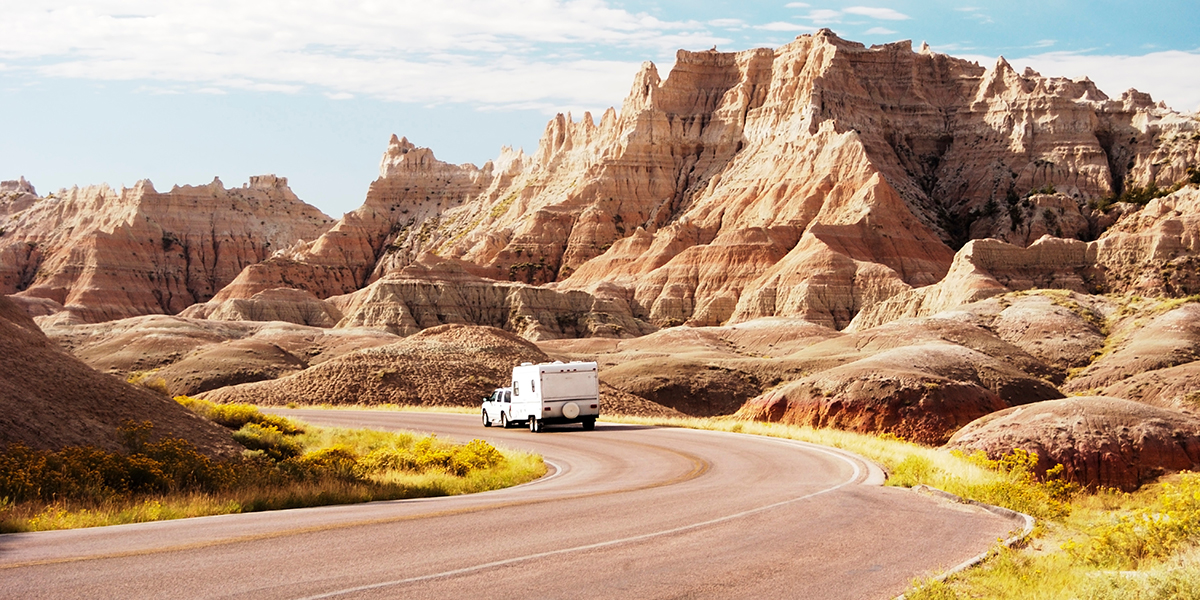
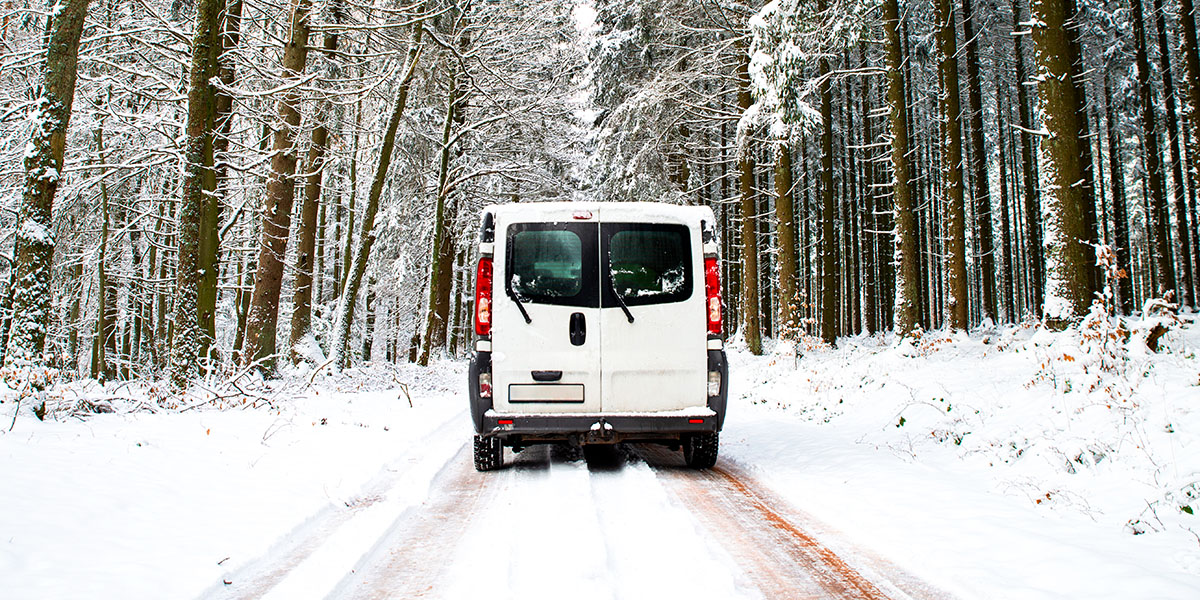
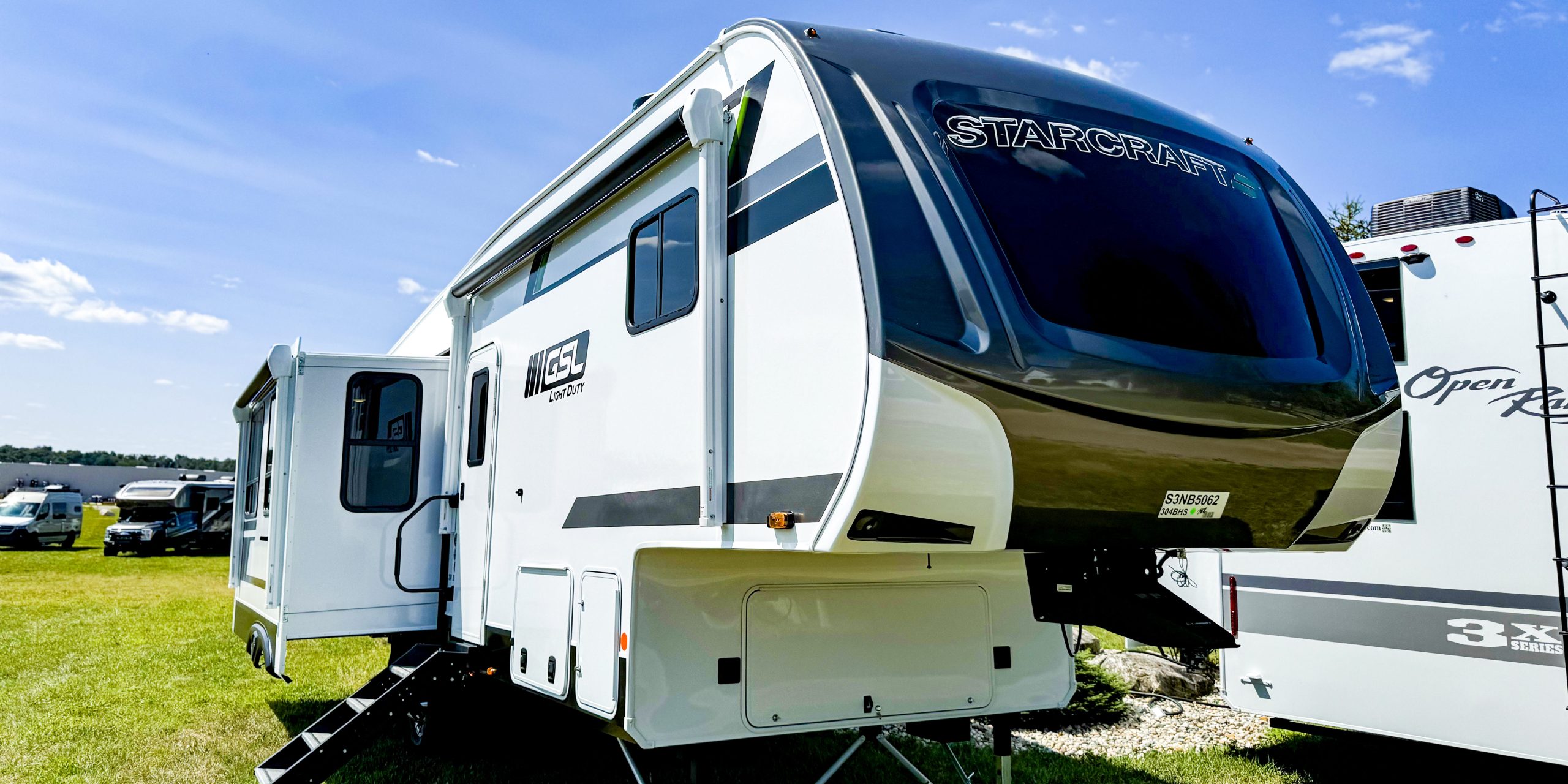
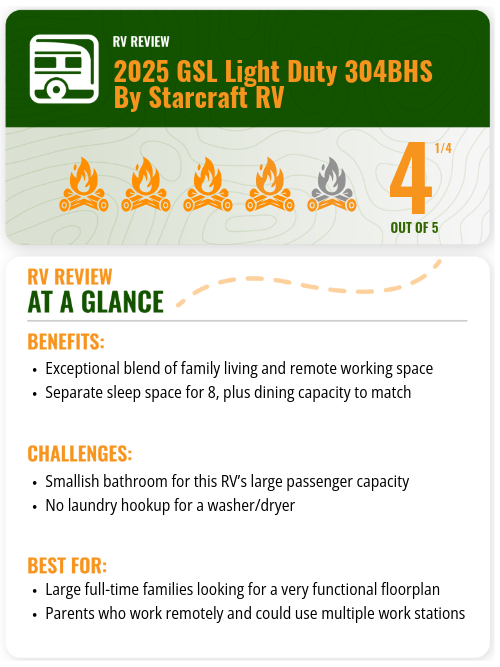 The 2025 Starcraft GSL Light Duty 304 BHS gets a rating of four and a quarter out of five. This model truly meets the needs of its intended buyers: remote working families. To find a design that takes into account the functional living spaces required to live on the road full-time with kids,
The 2025 Starcraft GSL Light Duty 304 BHS gets a rating of four and a quarter out of five. This model truly meets the needs of its intended buyers: remote working families. To find a design that takes into account the functional living spaces required to live on the road full-time with kids, 